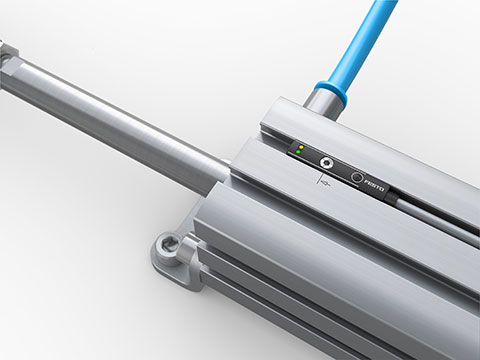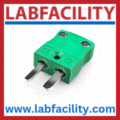
Posted to News on 22nd Jul 2022, 14:00
Solve machine setting issues using cylinder sensor technology

The latest technological advances in solid-state cylinder technology enable maintenance or service engineers to solve multiple pneumatic or electric drive issues with a single device, according to industrial automation specialist Festo.
Modern automation machinery uses positional feedback to trigger sequential movements. In pneumatic applications, this takes the form of cylinder sensors that detect the position of the piston within the actuator. Similarly, the sensors act as movement reference points in electric axes and prevent clashes or over-runs.
“Solid-state switches are today's default technology option,” says Steve Sands, head of product management at Festo GB. “Their absence of moving, mechanical components gives them a long lifespan, with mean time between failure (MTBF) of more than 4000 years. This means solid-state switches are the technology of choice over traditional reed switches in around 90% of pneumatic and electric drive applications.”
Solid-state sensors are typically constructed with four magneto resistive sensors connected in a Wheatstone bridge. When the cylinder piston magnet reaches the solid-state switch, the individual sensors’ resistance changes, altering the bridge voltage. After amplification and processing, this creates an output signal from the solid-state sensor. As a result, solid-state sensors are protected against overload, reverse polarity and short circuits. They are also immune to wear and tear and insensitive to inductive and capacitive loads. Typically, the maximum current is 100 mA, and the maximum cable length is 30 m.
Festo says its latest solid-state sensors have moved the technology on another step. The Festo SDBT-MSX incorporates Hall effect sensors and a micro-controller that enable approximate setting of the sensor, with the actual switching point being ‘self-taught’ by cycling the actuator a few times. This means that the actuator is driven to its end positions and the sensor learns the required switching point. Adopting this technology saves set-up and commissioning times and means a person doesn't have to enter inside the machinery whilst the power is on, reducing risk.
Incorporating a micro-controller also means that the sensor’s functions – NPN or PNP switching, Normally Open or Normally Closed switching, or output signal duration – can be modified easily, meaning maintenance or service engineers can solve multiple issues with a single device.
Click here for more information about Festo’s cylinder switch range.




